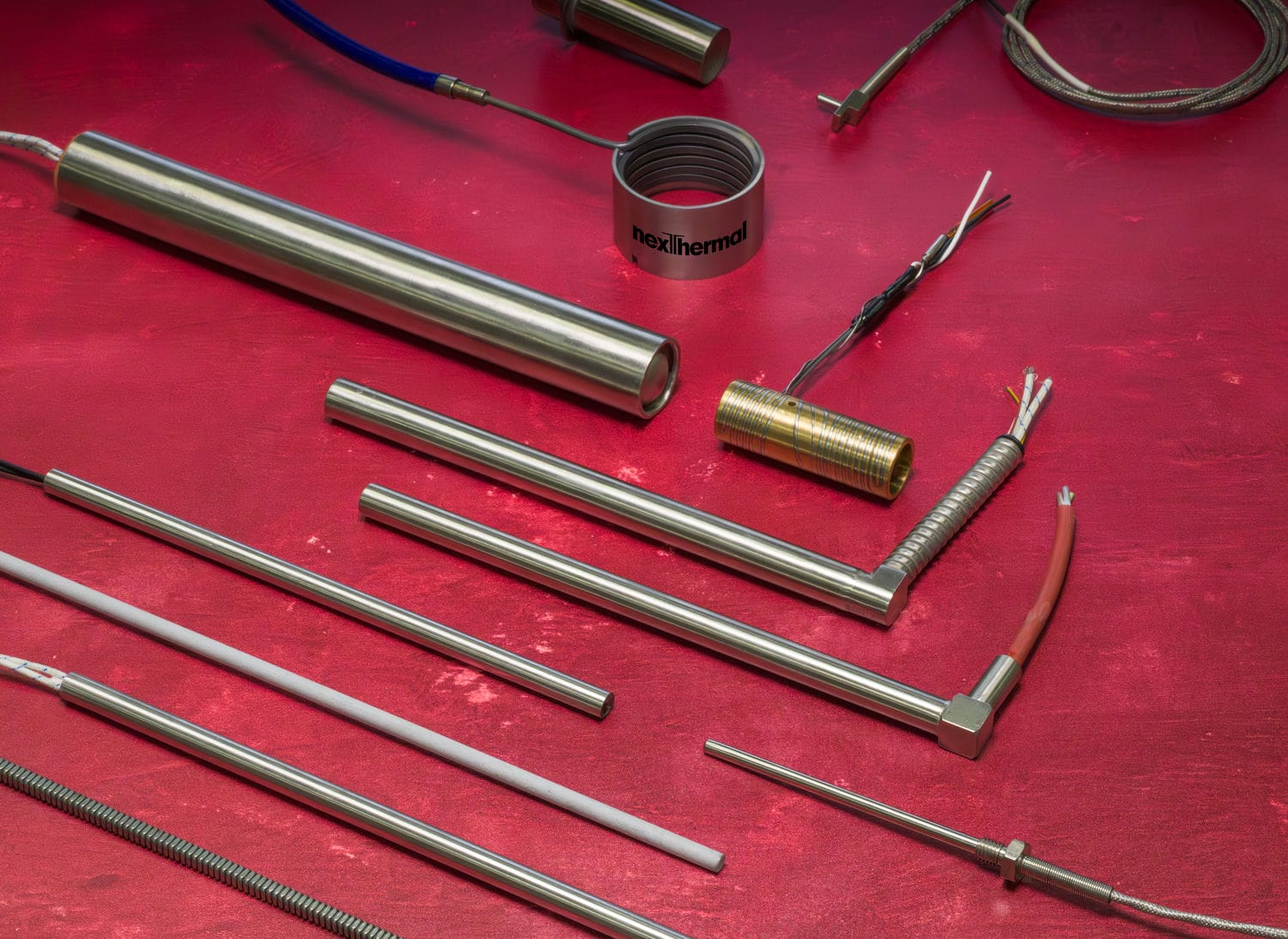Thermistor
- Operating Principle: A resistor that changes resistance significantly in response to temperature changes. Typically made of ceramic or polymer materials.
- Types:
- NTC (Negative Temperature Coefficient): Resistance decreases as temperature increases. Most common type.
- PTC (Positive Temperature Coefficient): Resistance increases as temperature increases.
- Temperature Range: Limited range, typically -50°C to 150°C
- Accuracy: Highly accurate within their limited range (around 0.1°C to 0.2°C), but accuracy drops outside that range.
- Linearity: Highly non-linear output. Requires complex calculations or lookup tables to convert resistance to temperature.
- Sensitivity: Very sensitive to small temperature changes.
- Cost: Generally inexpensive.
Thermocouple
- Operating Principle: Two dissimilar metal wires joined at a junction. A small voltage is generated at the junction proportional to the temperature difference.
- Types: Many types based on metal combinations (e.g., J-type, K-type, T-type), each with different temperature ranges and characteristics.
- Temperature Range: Wide range, from -200°C to well over 2000°C, depending on the thermocouple type.
- Accuracy: Less accurate than RTDs, typically within 1°C to 2°C depending on type.
- Linearity: Moderately non-linear output over the full range. Requires calibration or correction factors.
- Sensitivity: Less sensitive than thermistors or RTDs to small temperature changes.
- Cost: Generally inexpensive but can vary depending on the specific metals used.
RTD (Resistance Temperature Detector)
- Operating Principle: Changes resistance in a predictable way in response to temperature. Usually made of pure metals like platinum.
- Types: Most common is the Pt100 (platinum, 100 ohms resistance at 0°C). Other types exist using nickel, copper, etc.
- Temperature Range: -200°C to about 600°C for platinum RTDs.
- Accuracy: Highly accurate, often to within 0.1°C or better.
- Linearity: Excellent linearity over most of their operating range.
- Sensitivity: Good sensitivity but less than thermistors.
- Cost: More expensive than thermistors and thermocouples.
Choosing the Right One
The best sensor depends on your application:
- Thermistor: Best for precise measurements within a limited temperature range.
- Thermocouple: Best for very wide temperature ranges where moderate accuracy is sufficient.
- RTD: Best for applications requiring high accuracy and stability over a moderate temperature range.
Why Choose Nexthermal?
Nexthermal is a trusted sensor manufacturer and supplier in North America. Nexthermal can work with you to find the right industry-standard sensor or develop a sensor that is specific to your needs while working to find the best price through our global sourcing capabilities.











